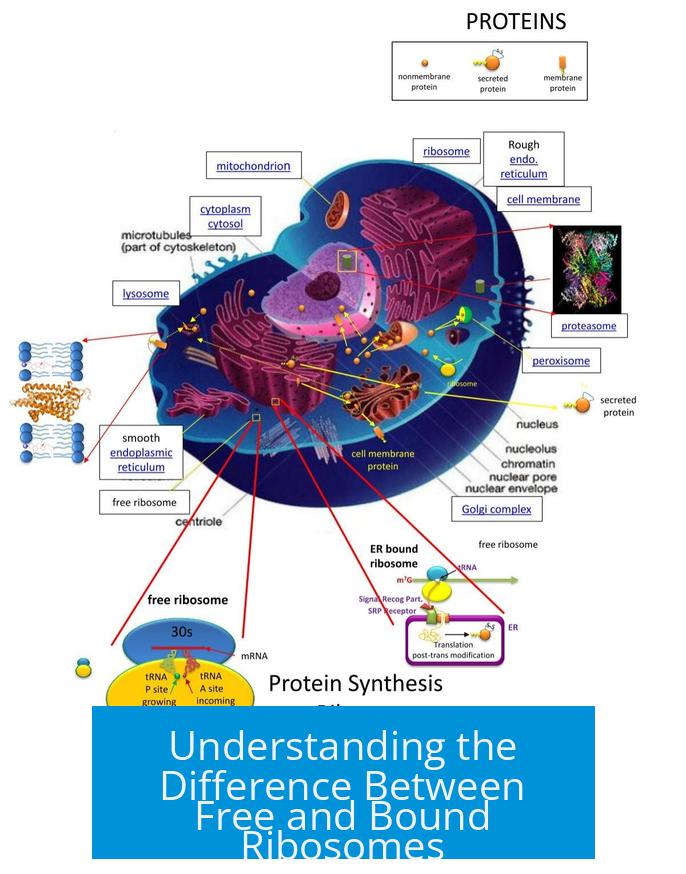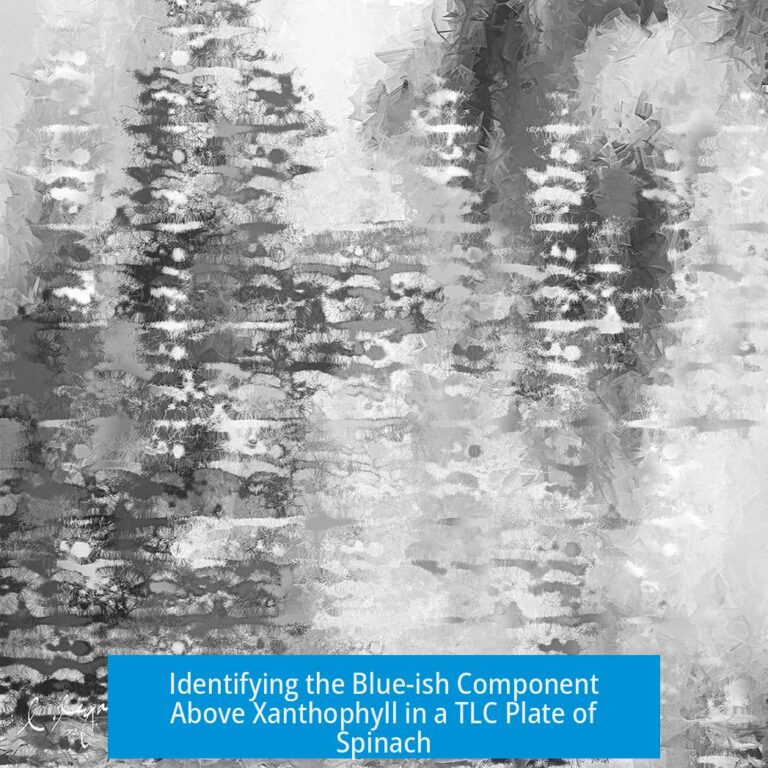Understanding the Difference Between Free and Bound Ribosomes

Free ribosomes and bound ribosomes differ primarily in their cellular location and the destinations of the proteins they synthesize. Bound ribosomes attach to the rough endoplasmic reticulum (ER), whereas free ribosomes float in the cytosol, unattached to any membranes.
1. Location in the Cell
- Bound Ribosomes: These ribosomes are physically attached to the rough ER membrane. This ER is studded with ribosomes, which gives it a “rough” appearance under the microscope.
- Free Ribosomes: They exist freely in the cytosol, the liquid matrix inside cells, not bound to any organelle or membrane.
2. Functional Roles and Protein Targets
The location influences the function and destination of proteins produced.
- Bound Ribosomes: Produce proteins destined for secretion outside the cell, incorporation into the plasma membrane, or delivery to organelles such as lysosomes or the Golgi apparatus.
- Free Ribosomes: Synthesize proteins used within the cytosol or organelles like mitochondria and the nucleus.
3. Ribosome Mobility
Ribosomes are dynamic. They can transition between being free in the cytosol and bound to the ER.
- This cycling allows cells to regulate protein synthesis based on current needs.
- The signal sequences on nascent proteins typically direct ribosomes to the ER when membrane or secreted proteins are being produced.
4. Summary Table
| Feature | Bound Ribosomes | Free Ribosomes |
|---|---|---|
| Location | Attached to rough ER membrane | Free in cytosol |
| Protein Destination | Proteins for secretion, membrane, or organelles | Proteins functioning inside the cell |
| Mobility | Cycles between ER and cytosol | Cycles between cytosol and ER |
Further Reading
For detailed insights, scientific articles like those on NCBI Bookshelf and PMC Articles provide comprehensive views on ribosome structure and function.
Key Points
- Ribosome location (bound vs free) dictates the fate of synthesized proteins.
- Bound ribosomes are tied to protein secretion and membrane association.
- Free ribosomes produce proteins for intracellular use.
- Ribosomes shuttle between free and bound states based on cellular demands.
What distinguishes free ribosomes from bound ribosomes in terms of location?
Free ribosomes float in the cytosol. Bound ribosomes attach to the rough endoplasmic reticulum (ER). This attachment is the main location difference.
How do the proteins made by free and bound ribosomes differ?
Free ribosomes make proteins that function inside the cell. Bound ribosomes produce proteins for secretion or for use in membranes and organelles.
Can ribosomes switch between being free and bound?
Yes. Ribosomes can cycle between the cytosol and the ER based on the protein being synthesized. They are not fixed in one state.
Why are bound ribosomes attached to the ER?
Bound ribosomes connect to the ER so their proteins can enter the secretory pathway. This helps proteins get sent outside the cell or to specific locations.
Do free ribosomes serve any role in secreted protein production?
No. Proteins made by free ribosomes usually stay inside the cell, so they do not enter secretion routes like those from bound ribosomes.





Leave a Comment